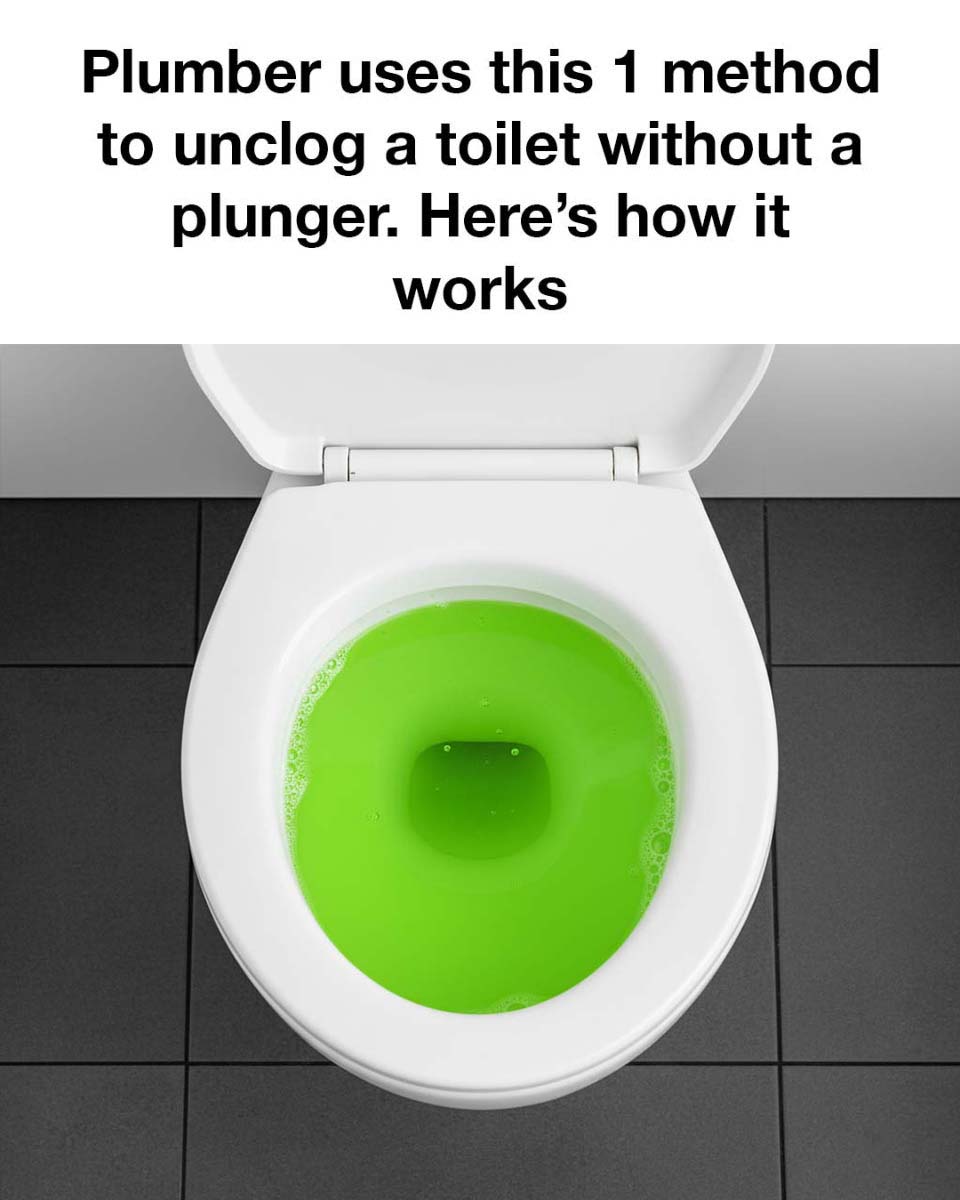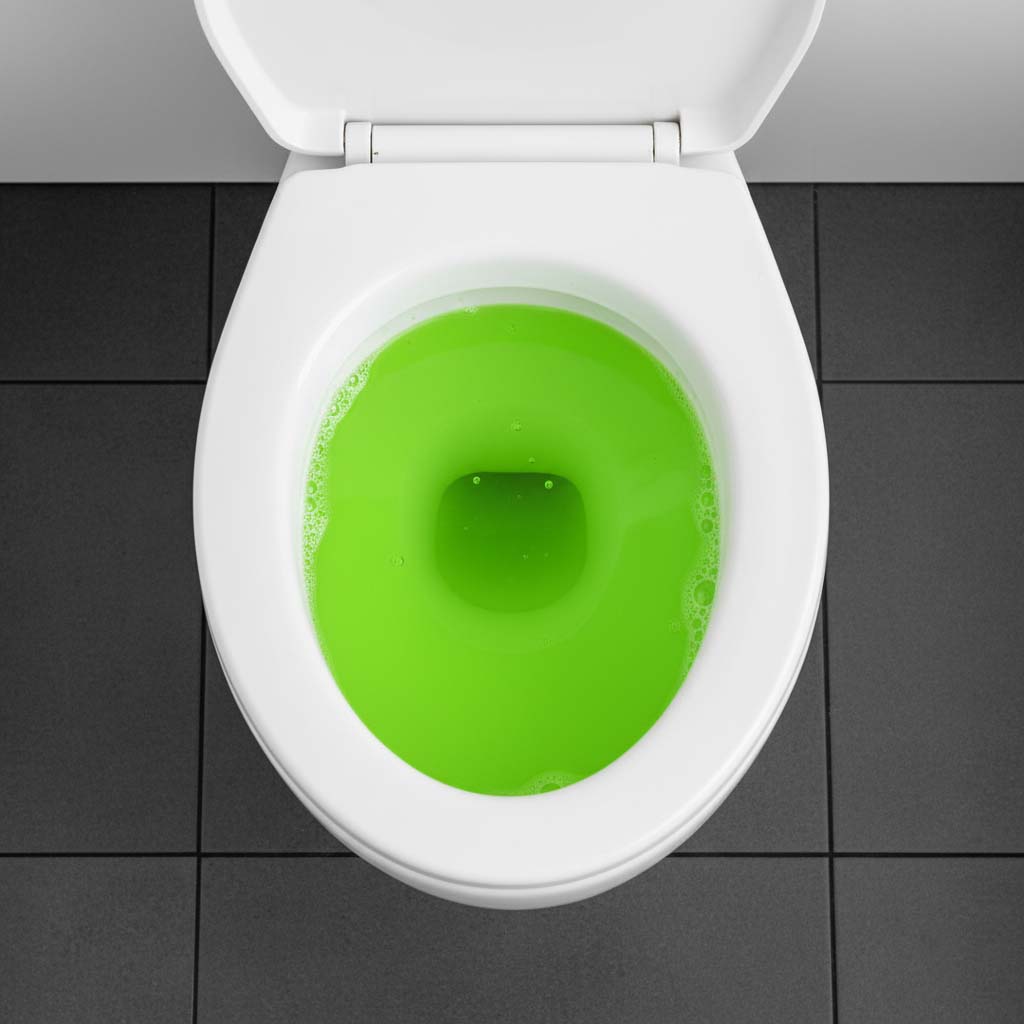
When faced with a clogged toilet, most people instinctively grab a plunger. But what if you don’t have one on hand—or it just doesn’t do the trick? Fortunately, there’s a simple and effective alternative that plumbers often rely on, and it only requires a few common household items. With a little patience and the right technique, you can get your toilet flowing freely again—no plunger needed.
Understanding Why Toilets Clog
Clogs usually happen when too much toilet paper, non-flushable items, or excessive waste block the drain. While modern toilets are designed to handle typical use, exceeding those limits can easily cause a backup. Older plumbing systems may also be more susceptible due to narrower pipes or built-up sediment that restricts water flow. Knowing the causes helps prevent future clogs and reduces wear on your plumbing system.
The Science Behind the Plunger-Free Method
This method works by combining heat, lubrication, and mild pressure. Hot water helps soften or dissolve the material causing the blockage, while dish soap acts as a lubricant, allowing the clog to slide more easily through the pipes. Together, they create a gentle but effective way to loosen and flush out the obstruction without force or mess.
Step-by-Step Guide to Unclogging a Toilet Without a Plunger
1. Gather your supplies: You’ll need dish soap and hot water.
2. Add soap: Pour a generous amount of dish soap directly into the toilet bowl. Let it sit for a few minutes.
3. Heat the water: Warm some water on the stove or in a kettle until it’s hot but not boiling. (Boiling water can crack the porcelain.)
4. Pour carefully: Slowly pour the hot water into the bowl to avoid splashing.
5. Wait: Allow the mixture to sit for 10–15 minutes so the heat and soap can work on the clog.
6. Test it: Try flushing the toilet. If the water drains normally, the clog has cleared. If not, repeat the process once or twice more.
What You’ll Need
- Dish soap (any standard liquid dish detergent)
- A kettle or pot for heating water
- Rubber gloves (optional, but recommended)
Tip: Always use hot—not boiling—water to protect your toilet’s finish and structure.

Safety Tips and Precautions
- Be careful when handling hot water to avoid burns.
- Remove some water from the bowl first if it’s close to overflowing.
- Always pour the water slowly and steadily.
- Wear gloves to keep your hands clean and protected from splashes.
Why This Method Works So Well
This technique is:
- Cost-effective: Uses items you already have at home.
- Clean and simple: No messy plunging or splashing.
- Gentle on plumbing: Reduces the risk of damaging pipes or seals compared to aggressive plunging.
- DIY-friendly: No need for professional tools or assistance.
Common Mistakes to Avoid
- Don’t use boiling water. It can crack the porcelain.
- Don’t rush the process. Give the soap and heat time to work.
- Don’t skimp on soap. You need enough to coat and lubricate the clog.
- Don’t panic if it doesn’t clear immediately.Try the process again before calling a plumber.
Frequently Asked Questions
Q: Can I use any kind of soap?
A: Dish soap works best because it’s formulated to break down grease and organic buildup.
Q: What if the clog doesn’t clear after several attempts?
A: Persistent clogs may indicate a deeper blockage. In that case, it’s best to contact a professional plumber.
Q: Is this method safe for all toilets?
A: Yes—just make sure the water isn’t boiling and pour it carefully.
Final Thoughts
The plunger-free method is a practical, inexpensive, and surprisingly effective way to unclog a toilet when you don’t have the right tools on hand. With just soap, hot water, and patience, you can often resolve the issue without professional help. Keep this trick in mind—it’s one of those simple household hacks that can save the day when you least expect it.





